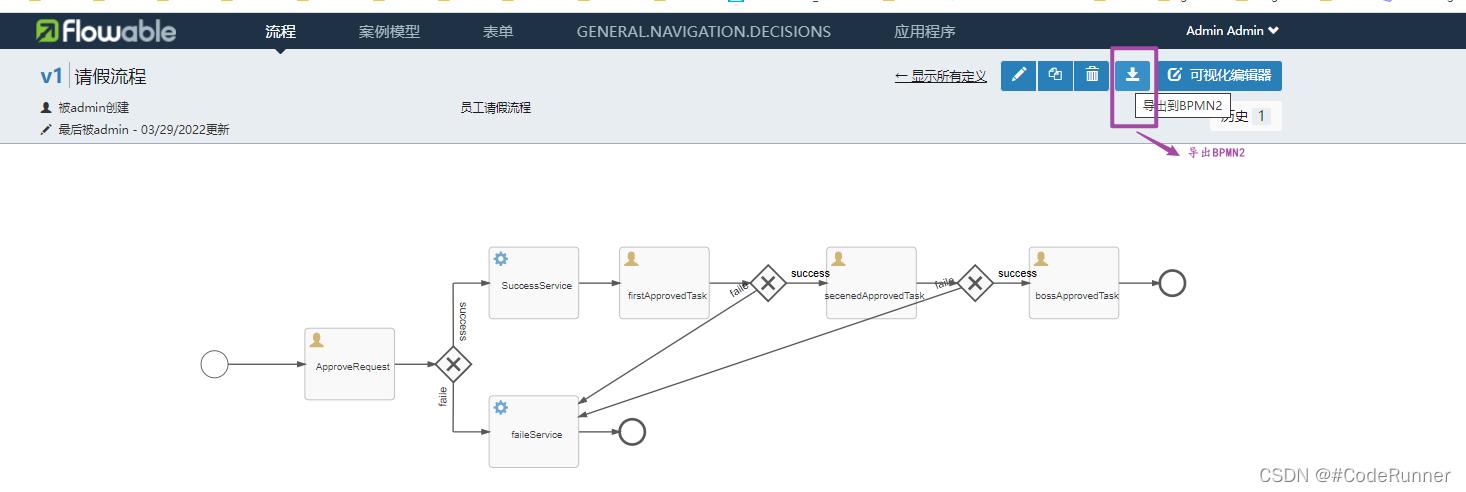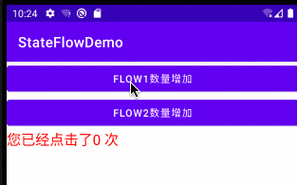通过 Flow,我们可以以响应式的编程方式进行协程代码的编写。Flow 类似于协程版本的 RxJava,但是比起 RxJava,它会更加简单,更加容易上手。
基本使用
GlobalScope.launch(Dispatchers.Main) {
flow {
repeat(3) { // 重复3次
Thread.sleep(1000) //模拟耗时计算工作
emit(it) // 发送结果
}
}
.flowOn(Dispatchers.Default) // 切换到工作子线程
.collect {
// 运行在调用 collect 的线程当中,在此 case 中是 Dispatchers.Main,也就是主线程。
Log.i("TAG", "it: $it") //打印 0 1 2
}
}
以上面的代码为例,我们使用 flow 主要有以下几步:

(图片来源网络,侵删)
1.定义生产者函数,在函数中将结果通过 emit 函数发出。
2.如果需要指定生产者函数所运行的线程,通过 flowOn 函数指定并传入一个 CoroutineContext。

(图片来源网络,侵删)
3.调用 collect 函数收集生产者函数的计算结果,collect 是一个 suspend 函数,运行在调用 collect 函数的线程当中,且在收集完成之前会一直挂起,因此需要在挂起函数中被调用。
操作符
flow 提供了非常丰富且便捷的操作符。
flowOn
用于指定生产者函数运行在哪个 CoroutineContext,如第一个例子所示。
onEach
每当生产者函数发送结果时,都会被调用。
flow {
repeat(3) {
emit(it)
}
}.onEach {
println("onEach $it") // 打印 0 1 2
}.collect {
println("collect $it") // 打印 0 1 2
}
launchIn
指定在哪个 CoroutineContext 中进行收集,可以从源码中看出它的实现。
public fun Flow.launchIn(scope: CoroutineScope): Job = scope.launch {
collect() // tail-call
}
通过 launchIn,我们可以将第一个例子改成如下代码:
GlobalScope.launch(Dispatchers.Main) {
flow {
repeat(3) { // 重复3次
Thread.sleep(1000) //模拟耗时计算工作
emit(it) // 发送结果
}
}
.flowOn(Dispatchers.Default) // 切换到工作子线程
.onEach {
// 运行在调用 launchIn 的线程当中,在此 case 中是 Dispatchers.Main,也就是主线程。
Log.i("TAG", "it: $it") //打印 0 1 2
}
.launchIn(this)
}
onEmpty
当生产者函数没有发送任何结果时会被调用。
flow { }
.onEmpty { emit(-1) }
.collect { println("testOnEmpty: $it") } // 打印 -1
flow { emit(1) }
.onEmpty { emit(-1) }
.collect { println("testOnEmpty: $it") } // 打印 1
onStart
在收集开始之前调用
// 打印 start 0 1 2
flow {
repeat(3) {
emit(it)
}
}
.onStart { println("start") }
.collect { println("$it") }
onCompletion
在收集完成后调用
// 打印 0 1 2 completion
flow {
repeat(3) {
emit(it)
}
}
.onCompletion { println("completion") }
.collect { println("$it") }
catch
当上游操作符或者生产者函数出现异常时被调用:
// 打印
// collect: 0
// catch: java.lang.NullPointerException
flow {
repeat(3) {
if (it == 1) {
throw NullPointerException()
}
emit(it)
}
}
.catch { println("catch: $it") }
.collect { println("collect: $it") }
map
将上游的结果进行变换后,发送给下游
// 打印 0 1 4 9 16
flow {
repeat(5) {
emit(it)
}
}
.map { it * it }
.collect { println("$it") }
flatMapConcat
根据上游 flow 的值生成新的 flow,再将新的 flow 的结果发送给下游收集者,下面是打印99乘法表的例子
//打印
//1 2 3 4 5 6 7 8 9
//2 4 6 8 10 12 14 16 18
//3 6 9 12 15 18 21 24 27
//4 8 12 16 20 24 28 32 36
//5 10 15 20 25 30 35 40 45
//6 12 18 24 30 36 42 48 54
//7 14 21 28 35 42 49 56 63
//8 16 24 32 40 48 56 64 72
//9 18 27 36 45 54 63 72 81
flow {
for (i in 1..9) {
emit(i)
}
}
.flatMapConcat {
flow {
for (j in 1..9) {
emit(it * j)
}
println()
}
}
.collect { print("$it ") }
collectLatest
当收集函数被挂起时,如果生产者函数发送了新结果,则取消当前被挂起的收集函数,并基于新结果重新运行收集函数。换句话说就是确保只接收最新的数据。
//打印
//0 kotlinx.coroutines.flow.internal.ChildCancelledException: Child of the scoped flow was cancelled
//1 kotlinx.coroutines.flow.internal.ChildCancelledException: Child of the scoped flow was cancelled
//2 kotlinx.coroutines.flow.internal.ChildCancelledException: Child of the scoped flow was cancelled
//3 kotlinx.coroutines.flow.internal.ChildCancelledException: Child of the scoped flow was cancelled
//4 kotlinx.coroutines.flow.internal.ChildCancelledException: Child of the scoped flow was cancelled
//5 kotlinx.coroutines.flow.internal.ChildCancelledException: Child of the scoped flow was cancelled
//6 kotlinx.coroutines.flow.internal.ChildCancelledException: Child of the scoped flow was cancelled
//7 kotlinx.coroutines.flow.internal.ChildCancelledException: Child of the scoped flow was cancelled
//8 kotlinx.coroutines.flow.internal.ChildCancelledException: Child of the scoped flow was cancelled
//9
flow {
repeat(10) {
delay(100)
emit(it)
}
}.collectLatest {
try {
delay(200)
} catch (e: CancellationException) {
println("$it $e")
throw e
}
println("$it") //到这才算收集成功
}
由于 collect 函数每次收集时都会挂起 200 毫秒,而生产函数每 100 毫秒就会发送一次数据,因此 collect 函数每次的挂起都会因为有新结果而被取消,直到最后一个数据发送时才能成功收集。








